Do It Yourself Fence Ideas
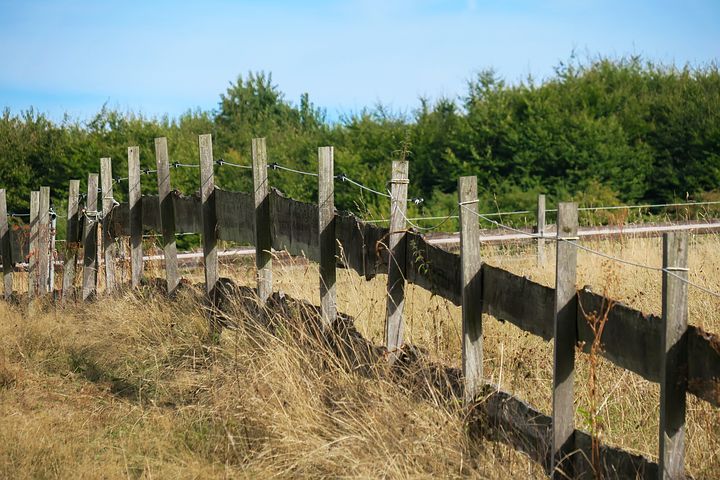
Creative DIY Fence Ideas for Your Home
Imagine turning your backyard into your own private retreat with a fence you built yourself. It’s not just about creating boundaries—it’s about taking control and adding your personal touch to your outdoor space.
By choosing the materials and putting it together yourself, you can enjoy the satisfaction of a job well done while enhancing your home’s privacy and security. Building your own fence isn’t just practical; it’s a rewarding journey that makes your outdoor area truly yours.
Why Build a DIY Fence?
Building your own fence offers several great benefits that make it a rewarding project:
Firstly, it can save you a lot of money. When you build the fence yourself, you avoid paying high labor costs that professionals charge. You can buy the materials at your own pace and budget, making it more affordable.
Secondly, building your own fence allows you to customize it exactly how you want. You get to choose the design, materials, and height based on your needs and preferences. This means you can match it perfectly to your home’s style or create specific features like extra privacy.
Lastly, there’s a lot of personal satisfaction in building something with your own hands. From planning the layout to putting in the last screw or nail, every step gives you a sense of achievement. It’s a great way to improve your property and feel proud of what you’ve accomplished.
So, whether you’re looking to save money, customize your fence, or just enjoy a DIY project, building your own fence can be a fun and fulfilling experience that enhances your outdoor space.
1. Classic Board and Batten Wooden Fence
To create a classic board and batten wooden fence, start by placing pressure-treated fence posts about six to eight feet apart, ensuring they are securely set in the ground with concrete for stability. After the concrete sets, attach horizontal rails between the posts using screws or nails, typically three rails per section: top, middle, and bottom.
Next, measure and cut vertical boards to the desired height, attaching them to the rails with a slight gap between each board to allow for wood expansion and contraction. The batten part comes next: nail narrow wooden strips over the gaps between the boards.
This not only covers the gaps, enhancing privacy but also adds to the visual appeal of the fence. Paint or stain the completed fence to protect against weather elements and to fit the aesthetic of your home. This traditional design not only enhances the curb appeal but also provides excellent privacy.
2. Board and Lattice Fence with Climbing Plants
The board and lattice fence with climbing plants is a delightful blend of functionality and natural beauty. Start by constructing a standard privacy fence using wooden boards up to a height of about six feet. Above this, attach a lattice panel that extends a couple of feet higher.
The lattice should be securely fastened to support the weight of climbing plants. Choose climbing plants such as ivy, clematis, or jasmine, which will grow up the lattice, providing both privacy and a lush green aesthetic. Plant the climbers at the base of the fence, spaced according to the growth potential and care requirements of each species.
As they mature, guide the plants through the lattice to create a living tapestry. This type of fence is perfect for gardeners looking to add a vertical element of greenery to their outdoor spaces while maintaining privacy.
3. Picket Fence with Varying Heights and Colors
Creating a picket fence with varying heights and colors can add a playful and artistic element to your back yard. Begin by choosing wood suitable for outdoor use, such as cedar or treated pine, and cut the pickets into varying lengths.
Sand and prime the pickets before painting them in a range of complementary or contrasting colors. Set your fence posts about six feet apart, ensuring they are secure and level. Attach horizontal rails between these posts at the top and bottom of where the pickets will sit. Install the pickets in a random or patterned sequence, attaching each one to the rails with nails or screws.
This variation in height and color will make your fence stand out in the neighborhood, providing a unique and customizable border that can be tailored to match your home’s exterior and personal style.
4. Split Rail Fence
A split rail fence is an excellent option for adding a rustic touch to your property. Start by selecting high-quality, durable wood like cedar, which can withstand outdoor elements without rotting quickly. Set the posts in the ground at intervals of about ten feet.
These posts should have pre-cut holes or slots for inserting the rails. Slide the split rails through the holes in each post, stacking them to your desired height, usually two or three rails high. The installation doesn’t require nails or screws if the wood fits snugly.
This type of fence is perfect for larger, rural properties as it provides a visible boundary while maintaining an open, natural look. It’s also relatively easy to install and maintain, making it a favorite for DIY enthusiasts who want to enhance their outdoor space with a touch of traditional charm.
5. Privacy Fence with Diagonal Slats
A privacy fence with diagonal slats combines the solid coverage of a standard privacy fence with the aesthetic appeal of an angled design. Start by setting posts around six to eight feet apart, securing them firmly in the ground with concrete.
Attach horizontal rails between the posts at the top, middle, and bottom. Instead of placing the slats vertically, cut them at an angle and attach them diagonally across the rails. This pattern can be varied by alternating the direction of the slats in each section or maintaining the same direction throughout for a uniform look.
This design not only enhances privacy by eliminating gaps seen at an angle but also adds a dynamic and stylish element to your fence. Diagonal slats are particularly effective in contemporary settings where design impact is as important as functionality.
6. Horizontal Slat Fence with Modern Vibes
To create a horizontal slat fence with modern vibes, begin by setting sturdy fence posts six to eight feet apart. Ensure these posts are level and securely anchored in concrete for stability. Next, choose your slat material, often wood or composite materials, for durability and aesthetics.
Attach the horizontal slats to the posts using galvanized screws or nails, leaving a small, uniform gap between each slat to create a sleek, contemporary look. The horizontal orientation of the slats gives the fence a modern, streamlined appearance that contrasts nicely with traditional vertical fences.
Finish by sanding and staining or painting the slats to protect them from the elements and to achieve your desired aesthetic. This type of fence is ideal for urban or suburban settings where you want to combine privacy with a chic, minimalist design.
7. Board-on-Board Fence
A board-on-board fence offers maximum privacy and an attractive, layered look. Start by setting your fence posts six to eight feet apart, ensuring they are stable and level. Attach horizontal rails between the posts at the top, middle, and bottom.
Begin by nailing the first layer of vertical boards to these rails, leaving a small gap between each board to allow for wood expansion. Once the first layer is complete, nail a second layer of boards over the gaps of the first layer, effectively covering them.
This overlapping design not only provides complete privacy but also adds depth and texture to the fence. Use quality wood and finish it with a stain or paint that suits your home’s exterior. This fence style is perfect for those looking to create a secure and secluded outdoor space without sacrificing aesthetic appeal.
8. Trellis Fence
A trellis fence is both functional and decorative, ideal for supporting climbing plants and adding vertical interest to your garden. Begin by installing a basic frame with posts and horizontal rails. Attach pre-made trellis panels or create your own by crossing strips of wood at regular intervals to form a grid. Secure these panels to the frame.
Choose climbing plants such as roses, wisteria, or grapevines, and plant them at the base of the fence. As the plants grow, train them to weave through the trellis, creating a lush, green wall. The trellis provides support for the plants while adding a decorative element to your garden.
This type of fence is perfect for gardeners who want to add a touch of nature and elegance to their outdoor space while maintaining a sense of openness and light.
9. Pallet Fence
A pallet fence is an eco-friendly and cost-effective way to create a boundary for your yard. Start by collecting wooden pallets, ensuring they are in good condition and free from harmful chemicals. Dismantle the pallets to separate the slats.
Set your fence posts in the ground at regular intervals and attach horizontal rails between them. Nail or screw the pallet slats vertically or horizontally to the rails, depending on your design preference. You can leave the wood natural for a rustic look or paint it to match your home’s exterior.
Pallet fences are particularly popular for their budget-friendly nature and the ability to repurpose materials that might otherwise go to waste. They are ideal for smaller gardens or as a temporary fencing solution that combines sustainability with practicality.
10. Weathered Wood Fence
Creating a weathered wood fence adds a touch of rustic charm to your property. Use reclaimed wood or age new wood by applying a solution of vinegar and steel wool to achieve a weathered look. Set the fence posts in the ground, spaced six to eight feet apart, and secure them with concrete.
Attach horizontal rails between the posts, and then nail or screw the weathered wood planks vertically to the rails. The naturally aged appearance of the wood gives the fence a timeless, antique quality that blends seamlessly with natural surroundings.
This type of fence is particularly suited for country or cottage-style homes, offering a cozy, nostalgic feel while providing privacy and boundary definition. Seal the wood with a clear outdoor sealant to protect it from further weathering and extend its lifespan.
11. Corrugated Metal Fence
A corrugated metal fence combines industrial strength with modern aesthetics. Begin by setting sturdy fence posts in concrete, spaced evenly apart. Create a frame using horizontal and vertical rails, ensuring it’s strong enough to support the weight of the metal sheets.
Cut the corrugated metal panels to fit the frame and attach them using screws with rubber washers to prevent leaks. The panels can be installed vertically or horizontally, depending on your design preference. For a more finished look, consider adding a wooden or metal trim around the edges of the panels.
Corrugated metal fences are highly durable, weather-resistant, and low maintenance, making them a practical choice for contemporary homes. Their sleek, industrial appearance can be softened by incorporating landscaping elements like plants or wooden accents.
12. Corten Steel Fence
A Corten steel fence offers a unique, modern aesthetic with its rust-like appearance that develops over time. Start by setting your posts in concrete, ensuring they are spaced appropriately for the size of your steel panels.
Corten steel is designed to rust on the surface, forming a protective layer that prevents deeper corrosion. Attach the Corten steel panels to the posts using appropriate hardware, ensuring they are securely fastened. The panels can be installed in a variety of configurations, including solid sheets or perforated designs for a semi-transparent effect.
Over time, the steel will develop a rich, orange-brown patina, giving the fence a distinct, weathered look that is both stylish and maintenance-free. This type of fence is ideal for modern or industrial-style homes, adding a unique and durable boundary to your property.
13. Chain Link Fence
A chain link fence is a practical and economical choice for creating a secure boundary. Start by setting metal posts in concrete at regular intervals, ensuring they are properly aligned. Attach tension bands and secure the top rail to the posts.
Unroll the chain link fabric along the fence line and stand it up against the posts. Use a tension bar to attach the fabric to the end post, securing it with tension bands and bolts. Stretch the fabric tightly to the next post, ensuring it remains taut and even.
Once the fabric is properly stretched, attach it to each post with wire ties or clamps. Finish by attaching a bottom rail or tension wire to keep the fabric from sagging. Chain link fences are durable, easy to install, and provide visibility while securing your property.
14. Perforated Metal Fence
A perforated metal fence offers a contemporary design with partial visibility and intriguing patterns. Begin by setting posts in concrete, ensuring they are spaced to accommodate the size of your perforated metal panels.
Attach horizontal and vertical rails to create a sturdy frame for the panels. Cut the perforated metal sheets to fit the frame and secure them using screws with rubber washers to prevent rattling and water ingress. The perforations can vary in size and shape, allowing for customization of the pattern and the level of privacy.
This type of fence is ideal for urban settings where a balance of privacy and light is desired. The modern design can be softened with landscaping elements like plants or decorative lighting, enhancing both the functionality and aesthetic appeal of your outdoor space.
15. Metal and Wood Fusion
A metal and wood fusion fence combines the warmth of wood with the strength of metal for a unique, hybrid design. Start by setting metal posts in concrete for durability and stability. Attach horizontal wooden slats or panels to the posts using metal brackets or screws.
The contrast between the natural wood and the industrial metal creates a striking visual effect that works well in both modern and traditional settings. You can customize the design by choosing different wood types and finishes, as well as various metal colors and textures.
This type of fence not only provides privacy and security but also serves as a stylish architectural feature. Maintenance involves periodically treating the wood to prevent weather damage and ensuring the metal components remain rust-free.
16. White Picket Fence
A white picket fence is a classic symbol of the American dream, adding charm and curb appeal to any home. Start by setting wooden posts at regular intervals along the fence line, securing them in concrete. Attach horizontal rails between the posts, usually one at the top and one at the bottom.
Cut pickets to the desired height and shape the tops into a point or decorative design. Paint the pickets white before attaching them to the rails with nails or screws, ensuring they are evenly spaced.
The bright, clean look of a white picket fence enhances the appeal of cottage-style and traditional homes. Regular maintenance, such as repainting and checking for rot, will keep the fence looking pristine for years.
This type of fence is perfect for creating a welcoming, picturesque boundary around your property.
17. Vinyl Trellis Fence
A vinyl trellis fence is a low-maintenance, durable option that adds a touch of elegance to your garden. Begin by installing vinyl posts at regular intervals, ensuring they are secure and level. Attach horizontal rails to the posts to create the frame for the trellis panels.
Vinyl trellis panels, which are available in various designs, can then be attached to the frame. These panels provide support for climbing plants and create a beautiful backdrop for your garden. Vinyl is resistant to weather, pests, and rot, making it a long-lasting fencing material.
Choose climbing plants such as roses, clematis, or grapevines to add greenery and floral beauty to your fence.
The combination of the trellis design and vibrant plants creates a stunning, low-maintenance addition to your outdoor space.
18. Composite Wood Fence
A composite wood fence combines the natural look of wood with the durability of plastic, making it a low-maintenance, eco-friendly option. Start by setting composite posts in concrete, ensuring they are level and spaced according to the length of your fence panels.
Attach horizontal rails to the posts, creating the frame for the composite panels. Composite wood panels are designed to mimic the appearance of natural wood but are resistant to rot, insects, and fading. Attach the panels to the rails with screws, ensuring they are secure and evenly spaced.
This type of fence requires minimal upkeep, usually just occasional cleaning with soap and water. Composite wood fences are available in various colors and styles, allowing you to customize the look to match your home’s exterior.
This fence is perfect for homeowners looking for a long-lasting, stylish boundary with minimal maintenance.
19. Living Fence
A living fence, also known as a hedge, is a natural, eco-friendly option that provides privacy and beauty. Start by choosing shrubs or trees that are suitable for your climate and soil conditions. Popular choices include boxwood, privet, and arborvitae.
Plant the shrubs in a row along your desired fence line, spacing them according to their mature size. Water and fertilize the plants regularly to encourage healthy growth. As the shrubs grow, trim them to maintain a neat, uniform shape and to promote dense foliage. A living fence not only provides privacy but also supports local wildlife by offering habitat and food sources.
This type of fence requires regular maintenance, such as watering, fertilizing, and pruning, but the result is a lush, green boundary that enhances the natural beauty of your property.
20. Gabion Wall Fence
A gabion wall fence is a unique and durable option that combines wire mesh cages filled with stones or other materials. Start by setting sturdy metal posts in concrete at regular intervals along your fence line. Attach wire mesh panels to the posts to create the gabion cages. Fill the cages with stones, rocks, or recycled materials such as broken concrete or bricks.
The weight of the materials and the wire mesh structure create a strong, stable fence that requires no mortar. Gabion walls are highly durable and can withstand harsh weather conditions.
This type of fence adds a distinctive, modern touch to your property while providing excellent security and sound insulation. Gabion walls can also be customized by using different types and colors of stones or by incorporating decorative elements like plants or lighting.
21. Bottle Fence
A bottle fence is an artistic and eco-friendly way to repurpose glass bottles into a colorful and unique boundary. Start by collecting bottles of various colors and sizes, ensuring they are clean and free of labels. Set fence posts in concrete at regular intervals and attach horizontal rails between them.
Drill holes in the bottom of each bottle and thread them onto rebar or metal rods. Attach the rods to the rails, arranging the bottles in a pattern or randomly for a mosaic effect. The bottles can be placed neck down or up, depending on the desired look. The sunlight filtering through the colored glass creates a stunning visual effect.
This type of fence is perfect for creative homeowners looking to add a personalized, eco-friendly touch to their garden or yard.
22. Mosaic Tile Fence
A mosaic tile fence adds a vibrant, artistic touch to your outdoor space. Begin by constructing a basic fence frame with posts and horizontal rails. Attach cement backer boards to the frame to create a stable surface for the tiles.
Collect a variety of tiles in different colors, shapes, and sizes, breaking them into smaller pieces if necessary. Arrange the tiles into a mosaic pattern on the backer board, using tile adhesive to secure them in place. Once the adhesive is dry, fill the gaps between the tiles with grout, wiping away any excess. Seal the mosaic with a weatherproof sealant to protect it from the elements.
This type of fence allows for endless creativity, letting you design a truly unique and colorful boundary that reflects your personal style and artistic flair.
23. Wire Fences
Wire fences are a versatile and practical option for creating boundaries while maintaining visibility. Start by setting metal posts in concrete at regular intervals, ensuring they are aligned and secure. Attach horizontal rails or tension wires between the posts to create a frame.
Stretch heavy-duty wire or wire mesh between the posts, attaching it to the frame with wire ties or clips. The wire can be plain, barbed, or coated, depending on the desired level of security and aesthetic.
This type of fence is ideal for enclosing gardens, keeping pets in, or marking property lines without obstructing views. Wire fences are easy to install and maintain, making them a popular choice for both residential and agricultural applications. They can also be combined with other materials, such as wood or metal, to enhance their appearance and functionality.
24. Wattle Fence
A wattle fence is a traditional, eco-friendly option made by weaving flexible branches through upright stakes. Start by driving sturdy wooden stakes into the ground at regular intervals along your fence line. Choose flexible branches, such as willow or hazel, for weaving.
Begin weaving the branches in and out between the stakes, pressing them down firmly to create a tight, interlocking pattern. Continue adding branches, overlapping the ends to ensure stability and strength. The woven design creates a rustic, natural look that blends seamlessly with garden landscapes. Wattle fences are particularly suited for cottage gardens or rural properties, providing a charming and functional boundary.
This type of fence is not only environmentally friendly but also relatively easy to construct and maintain, making it a perfect DIY project for those looking to add a touch of historical charm to their outdoor space.
Get An Instant Fencing Quote
Are you ready to transform your outdoor space with a stunning new fence? Don’t wait any longer! Getting a quote is quick, easy, and absolutely free. Click the link below to get started, and let us help you bring your vision to life. With our expert team, top-quality materials, and competitive prices, your dream fence is just a click away. Get your personalized fencing quote today and take the first step toward enhancing the beauty and security of your property!
Frequently Asked Questions (FAQ)
Building your own fence saves money on labor costs, allows you to customize the design, and provides the satisfaction of completing a DIY project.
You’ll need pressure-treated fence posts, horizontal rails, vertical boards, narrow wooden strips for battens, concrete, screws or nails, and paint or stain.
Construct a standard privacy fence using wooden boards up to six feet high, then attach a lattice panel on top and plant climbers like ivy or jasmine at the base.
Split rail fences add rustic charm, are easy to install and maintain, and provide visible boundaries without obstructing views, making them ideal for larger properties.
Regularly inspect the fence for damage, clean the slats periodically, and re-stain or repaint them to protect from weather elements and maintain their appearance.
Set sturdy metal posts in concrete, attach wire mesh panels to create gabion cages, and fill the cages with stones, rocks, or recycled materials to ensure stability.
Yes, using recycled materials like pallets or reclaimed wood is an eco-friendly and cost-effective way to build a unique and sustainable fence.
Suitable plants for a living fence include boxwood, privet, arborvitae, holly, and various shrubs and small trees that thrive in your climate and soil conditions.
Find more tips!
Discover fencing inspiration with our quotes collection
Recent Post
- Privacy Fence Ideas
- How To Clean Glass Pool Fence
- Do You Need A Fence Around A Spa
- Do Above Ground Pools Need A Fence
- Do You Need Neighbours Permission For Fence Extension
- Do It Yourself Fence Ideas
- How To Paint A Fence
- How Much Does A Fence Cost
- How much does timber fencing cost Hobart
- Pool Fencing


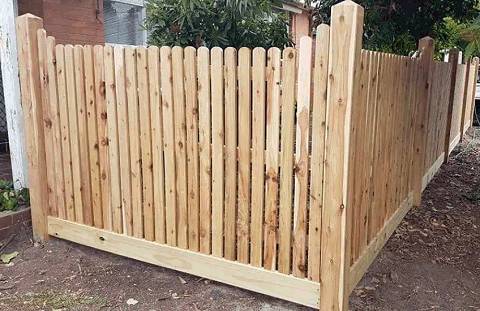
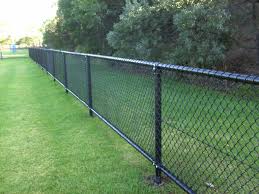
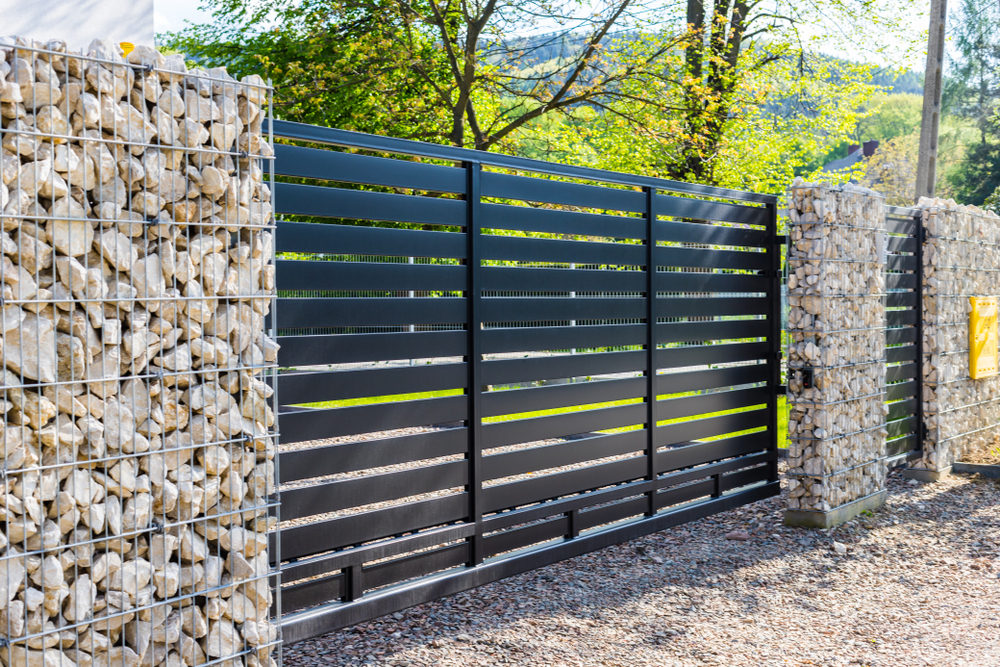


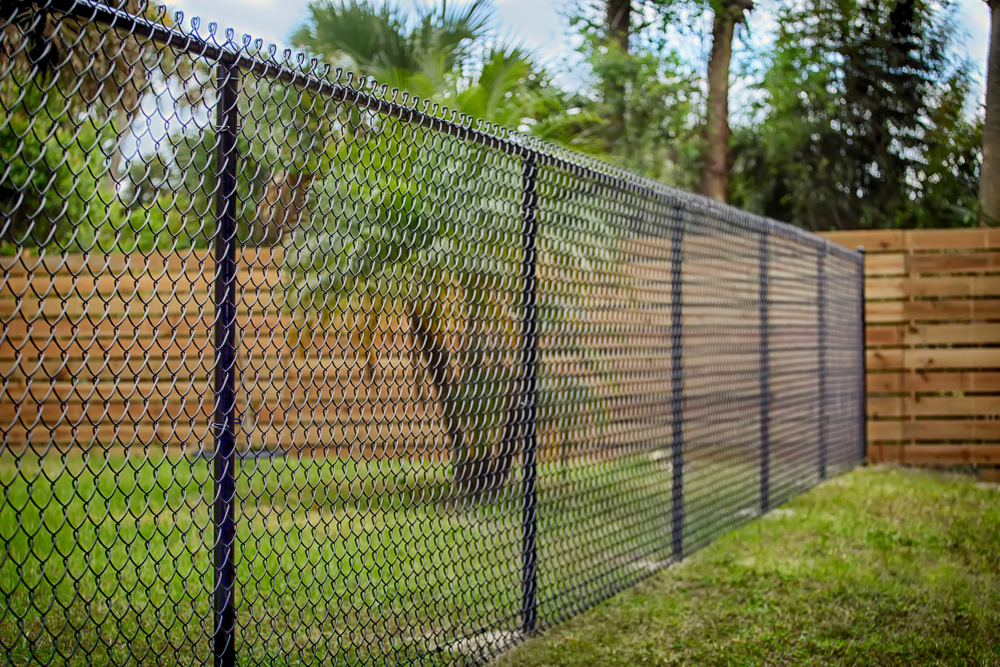
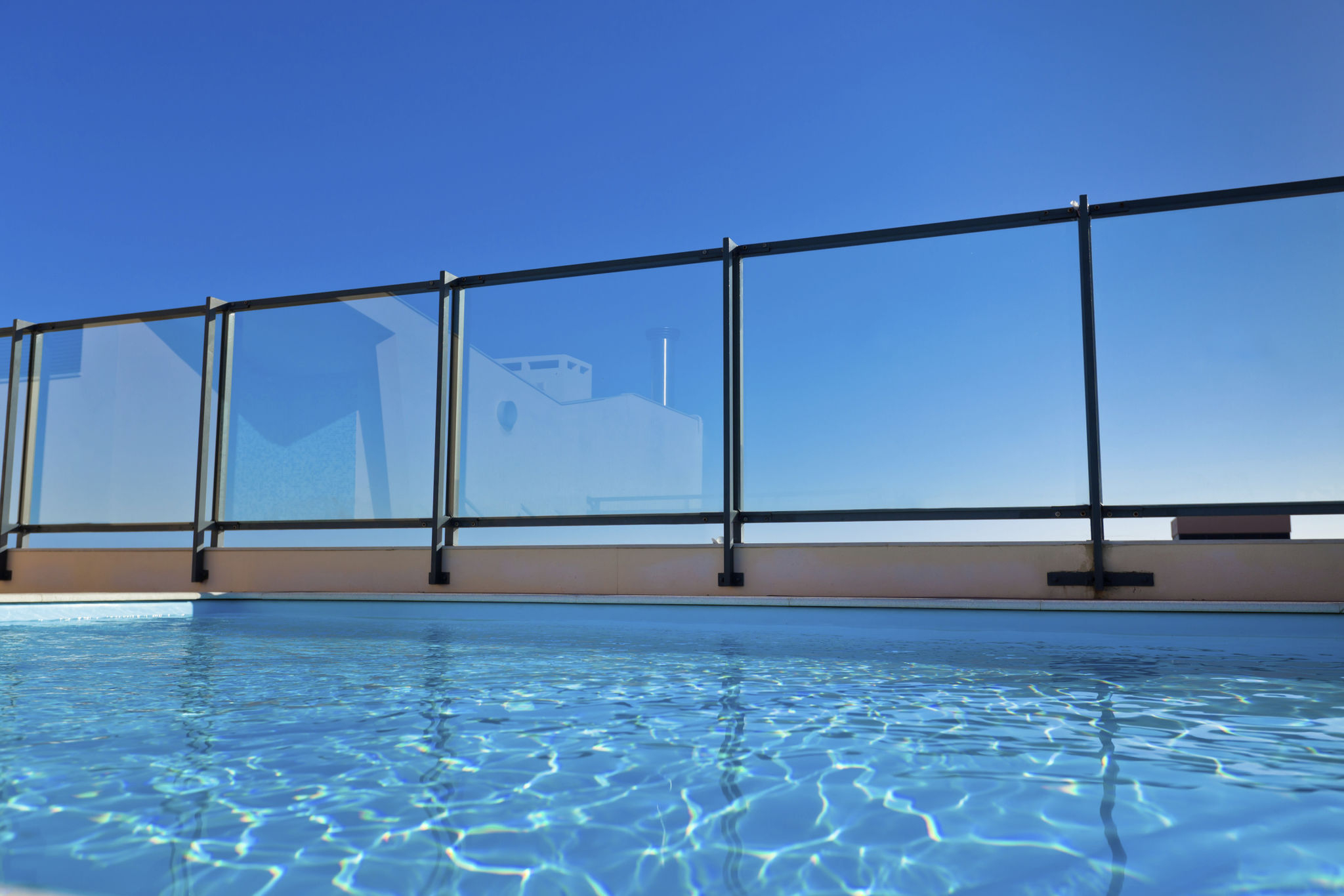
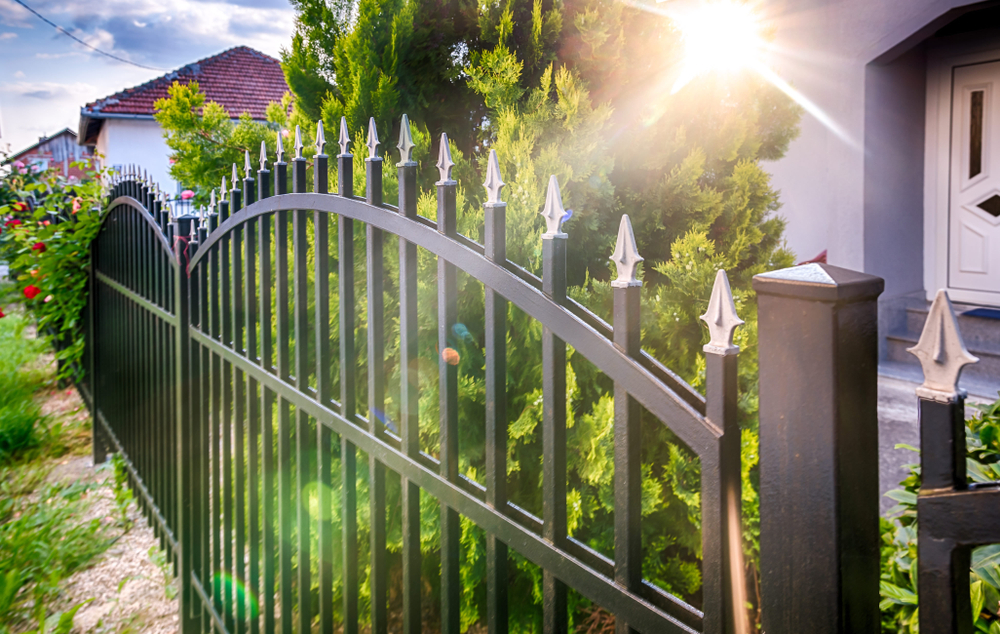

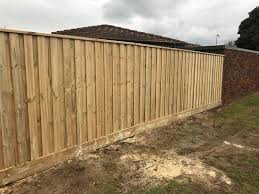

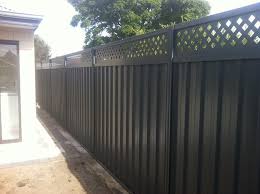

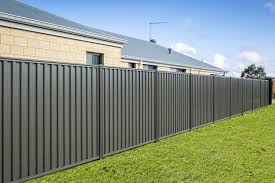
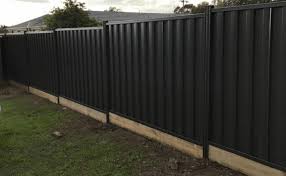

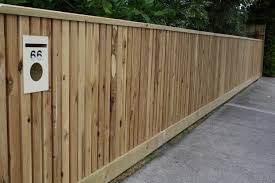
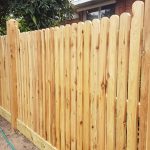

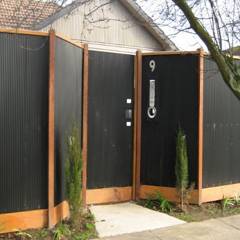
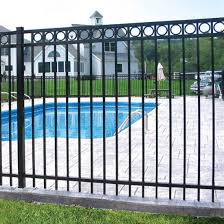


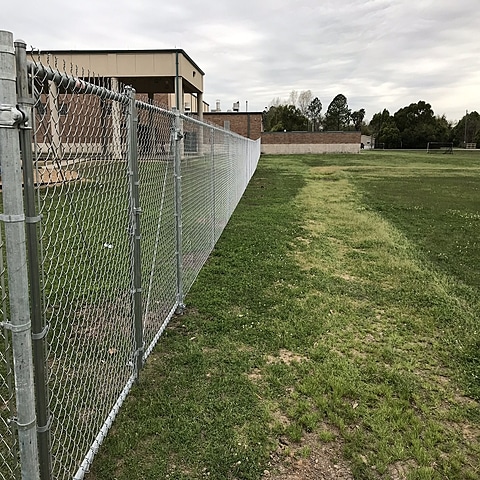
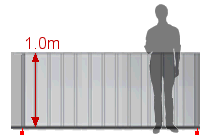

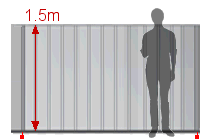
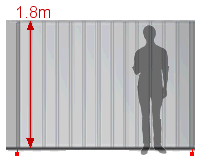
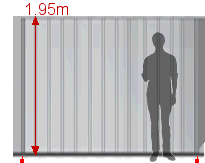
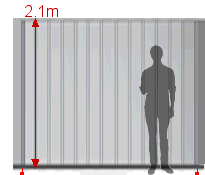
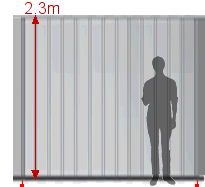
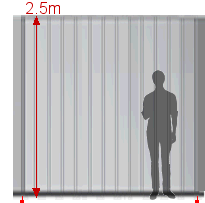
















Post A Comment